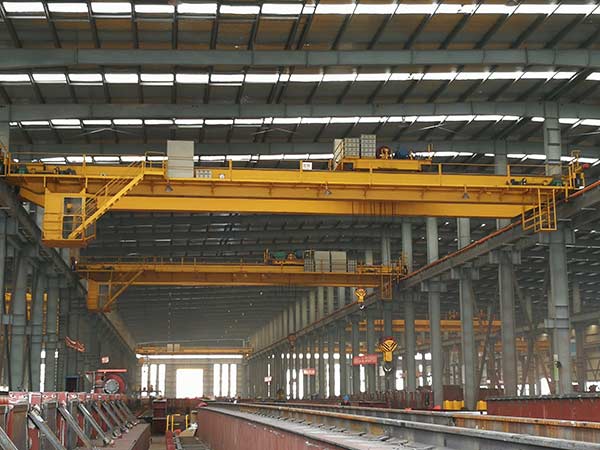


Understanding the different classes of overhead cranes and their specific applications is crucial for selecting the right system for your operation.
Industrial overhead cranes are critical tools in various industries, streamlining operations by efficiently moving heavy materials. However, selecting the right crane requires understanding the different classes, which are based on usage frequency and load capacity. This guide will help you identify the appropriate crane class for your specific application.
Overhead cranes move materials horizontally and vertically within factories, warehouses, and other industrial settings. They consist of a bridge, hoist, trolley, and runway, and their primary purpose is to handle heavy loads efficiently and safely. The right industrial overhead crane improves productivity, reduces labor costs, and minimizes the risk of injuries.
Overhead cranes are classified based on duty cycles, which describe how often and intensely they are used. Two main organizations, the CMAA (Crane Manufacturers Association of America) and FEM (Federation Europeene de la Manutention), categorize cranes into six classes, from light to severe-duty cranes.
Applications: Class A cranes are ideal for low-frequency lifting tasks. These cranes are used in places where lifts occur occasionally, such as powerhouses and maintenance shops.
Examples:
Advantages:
Limitations:
Applications: These cranes are used for light service environments, where loads are light, and operations occur infrequently. Class B cranes are common in small warehouses, assembly lines, and light manufacturing.
Examples:
Advantages:
Limitations:
Applications: Class C cranes handle moderate loads with more frequent use. They are common in machine shops and manufacturing facilities where medium-duty lifting is needed regularly.
Examples:
Advantages:
Limitations:
Applications: Heavy-duty cranes are used in industries where the crane operates frequently and handles heavy loads. They are commonly found in steel mills, foundries, and heavy manufacturing environments.
Examples:
Advantages:
Limitations:
Applications: These cranes operate under harsh conditions, continuously handling heavy loads. They are typically used in shipyards, steel plants, and other demanding industries.
Examples:
Advantages:
Limitations:
Applications: Class F cranes are designed for continuous, non-stop operations under the harshest conditions. They are used in industries like power plants, where there is no room for downtime.
Examples:
Advantages:
Limitations:
Selecting the appropriate overhead crane depends on factors such as:
Understanding the different classes of overhead cranes is essential for choosing the right one for your operations. Whether for light, moderate, or heavy-duty applications, selecting the proper class ensures safe, efficient, and cost-effective material handling. From occasional use to continuous heavy-duty operation, each class meets specific industrial needs.
